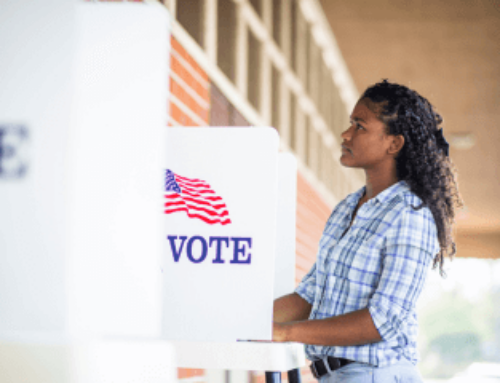FOR IMMEDIATE RELEASE
CONTACT: Thomas Heffron, 630-737-9700, ext. 9327, theffron@aasm.org
DARIEN, IL – A new study shows that paid work time is the primary waking activity exchanged for sleep and suggests that chronic sleep loss potentially could be prevented by strategies that make work start times more flexible.
Results show that work is the dominant activity exchanged for less sleep across practically all sociodemographic categories. Compared to normal sleepers, short sleepers who reported sleeping 6 hours or less worked 1.55 more hours on weekdays and 1.86 more hours on weekends or holidays, and they started working earlier in the morning and stopped working later at night. The highest odds of being a short sleeper were found among adults working multiple jobs, who were 61 percent more likely than others to report sleeping 6 hours or less on weekdays. Respondents who were unemployed, retired or absent from the labor force also obtained significantly more sleep and were less likely to be short sleepers.
“The evidence that time spent working was the most prominent sleep thief was overwhelming,” said lead author Dr. Mathias Basner, assistant professor of sleep and chronobiology in psychiatry at the University of Pennsylvania Perelman School of Medicine in Philadelphia.
Short sleepers also traveled more, started traveling earlier in the morning, and stopped later in the evening than normal sleepers. The travel pattern, with peaks at 7 a.m. and 5 p.m., strongly suggests that the majority of travel time is associated with commuting.
According to Basner, the results point to several possible solutions for workers’ lack of sleep.
“Potential intervention strategies to decrease the prevalence of chronic sleep loss in the population include greater flexibility in morning work and class start times, reducing the prevalence of multiple jobs, and shortening morning and evening commute times,” he said.
Results show that with every hour that work or educational training started later in the morning, sleep time increased by approximately 20 minutes. Respondents slept an average of only 6 hours when starting work before or at 6 a.m. and 7.29 hours when starting work between 9 a.m. and 10 a.m. Self-employed respondents with more flexible work times also obtained significantly more sleep than private sector employees and were 17 percent less likely to be a short sleeper.
Study results are published in the December issue of the journal Sleep.
“Getting at least seven hours of nightly sleep is essential to be at your mental, emotional and physical best for whatever you will pour yourself into, either at work or at home,” said American Academy of Sleep Medicine President Dr. Timothy Morgenthaler, who was not involved in the study.
Basner and colleagues Andrea M. Spaeth, PhD, and David F. Dinges, PhD, analyzed responses from 124,517 Americans 15 years and older who completed the American Time Use Survey (ATUS) between 2003 and 2011. The computer-assisted telephone interview, which is sponsored by the U.S. Bureau of Labor Statistics and conducted annually by the U.S. Census Bureau, asks participants how they spent their time between 4 a.m. on the previous day and 4 a.m. on the interview day. Responses were combined into 40 distinct activities that captured 99.1 percent of the 24-hour day. Responses combined into the “sleeping” category included napping, waking up and dreaming.
According to the Centers for Disease Control and Prevention (CDC), 30 percent of employed U.S. adults typically sleep 6 hours or less in a 24-hour period, which represents approximately 40.6 million workers. The American Academy of Sleep Medicine recommends that adults get about 7 to 9 hours of nightly sleep for optimal health, productivity and daytime alertness.
The study was supported by funding from the National Institute of Nursing Research (NINR) of the National Institutes of Health (NIH) and by the National Space Biomedical Research Institute (NSBRI) through NASA. The work was performed at the Division of Sleep and Chronobiology, Department of Psychiatry, at the University of Pennsylvania in Philadelphia.
To request a copy of the study, “Sociodemographic Characteristics and Waking Activities and their Role in the Timing and Duration of Sleep,” or the commentary, “Inadequate Sleep Duration as a Public Health and Social Justice Problem: Can We Truly Trade Off Our Daily Activities for More Sleep?” or to arrange an interview with the study author or an AASM spokesperson, please contact Director of Communications Thomas Heffron at 630-737-9700, ext. 9327, or theffron@aasm.org.
The monthly, peer-reviewed, scientific journal Sleep is published online by the Associated Professional Sleep Societies LLC, a joint venture of the American Academy of Sleep Medicine and the Sleep Research Society. The AASM is a professional membership society that improves sleep health and promotes high quality patient centered care through advocacy, education, strategic research, and practice standards. A searchable directory of AASM accredited sleep centers is available at www.sleepeducation.org.




